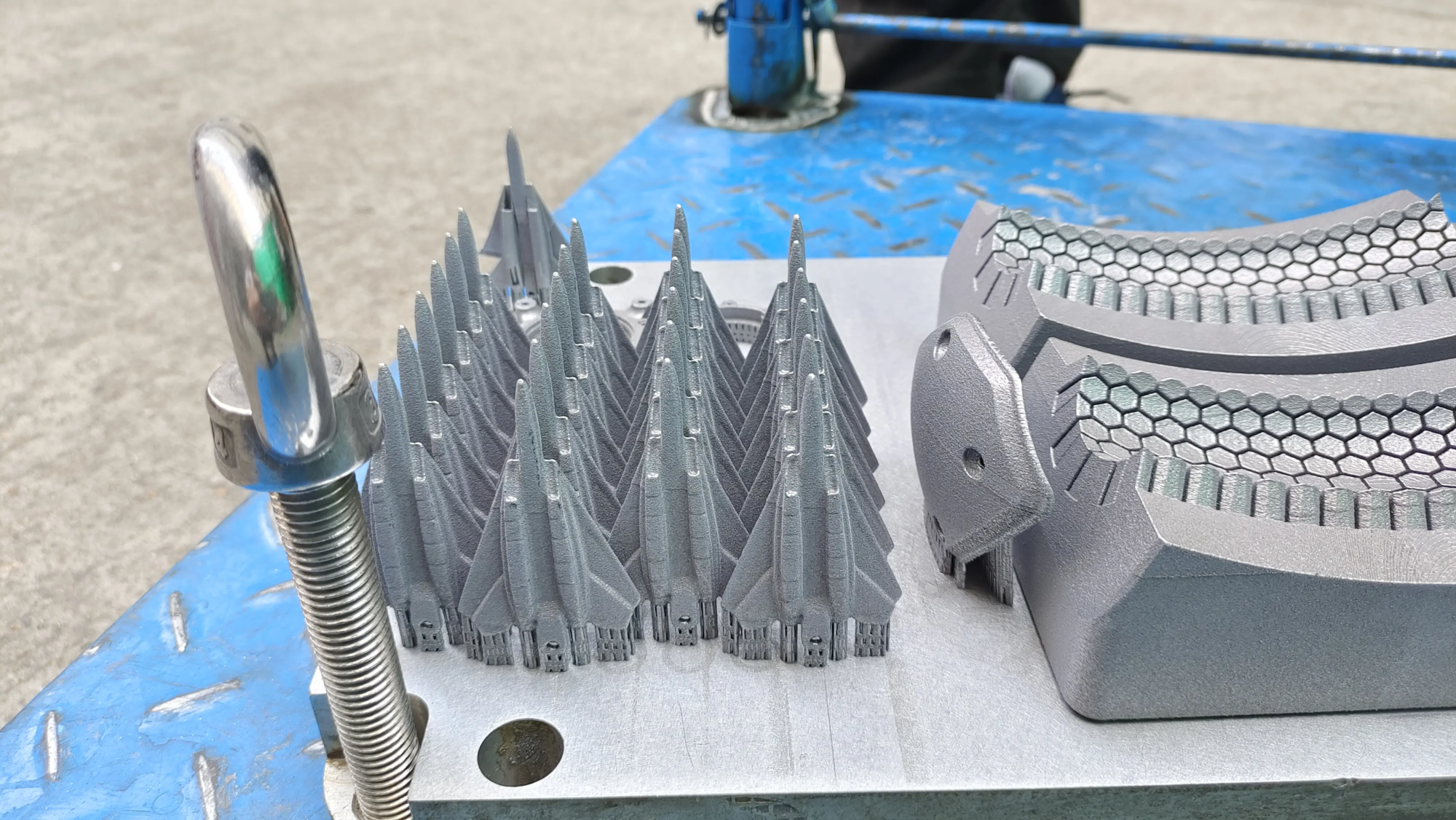With the continuous development of technology, 3D printing has become an increasingly popular method for creating complex and custom objects. With the ability to produce items with complex details and precise measurements, 3D printing opens new possibilities for industries ranging from healthcare and aerospace to consumer products and education. In this article, we will explore the world of practical 3D printing, highlighting its applications, benefits and the technology behind it.
One of the main advantages of 3D printing is its ability to produce custom objects quickly and efficiently. Traditional manufacturing methods often require expensive tools and molds, which can be time-consuming and expensive. By contrast, 3D printing allows designers to create digital models of their products and print them directly, eliminating the need for intermediate steps. This not only saves time, but also reduces production costs, making it an attractive choice for businesses and individuals.
In addition to its speed and cost-effectiveness, 3D printing also has a high degree of accuracy and accuracy. Modern 3D printers can produce objects with layer resolutions as low as 0.01mm, allowing for the creation of complex structures and detailed functions that traditional manufacturing methods will not be possible. This accuracy makes 3D printing a popular choice in industries such as aviation and healthcare where precise and reliable production of parts is crucial.
Another important benefit of 3D printing is its ability to produce objects with complex geometric shapes and internal structures. Traditional manufacturing methods often rely on subtraction techniques, such as machining or drilling, which may be limited by the ability to create complex shapes. Instead, 3D printing uses additive technology, layering materials with each other to create the final product. This allows the creation of objects with complex internal structures, such as hollow cavity or lattice patterns, which may be difficult or impossible to produce using traditional methods.
The applications of 3D printing are huge and varied, from consumer products and toys to medical implants and aerospace components. One of the most important growth areas is the medical field, where 3D printing is used to create customized prosthetics, implants and surgical models. For example, 3D printing is used to create customized prosthetics tailored to the specific needs of an individual, providing a more comfortable and natural fit.
In addition to practical applications, 3D printing is also used in education and research. Students and teachers can use 3D printing to create interactive models and prototypes, making complex concepts more attractive and accessible. Researchers also use 3D printing to create customized equipment and tools, such as laboratory instruments and scientific models, which can be tailored to specific research needs.
Working with professional and experienced manufacturers is crucial when producing high-quality 3D prints. Greglight is a leading rapid prototyping company from China that provides advanced SLM 3D printing equipment and production technology, providing one-stop post-processing and completion services. With the ability to quickly customize and process most materials, Greatlight is the preferred choice for businesses and individuals who want to create complex and customized objects.
In short, practical 3D prints have revolutionized the way we design, produce and interact with objects. 3D printing enables the production of custom objects quickly and efficiently with high accuracy, opening up new possibilities for a variety of industries. Whether it’s creating complex medical implants, customized consumer products or interactive educational models, 3D printing is an exciting and rapidly evolving field that is changing the way we live and work.
FAQ:
Q: What is 3D printing?
A: 3D printing is a method of layering materials with each other, which can produce complex and customized objects.
Q: What are the benefits of 3D printing?
A: The benefits of 3D printing include its speed, cost efficiency, accuracy, and the ability to generate complex geometric shapes and internal structures.
Q: What is the application of 3D printing?
A: 3D printing uses range from consumer products and toys to medical implants and aerospace components as well as education and research.
Q: How to choose a 3D printing manufacturer?
A: When choosing a 3D printing manufacturer, please look for companies with advanced equipment and production technologies, as well as experience and expertise in producing high-quality 3D printed materials.
Q: Can 3D printing be used to customize prosthetics?
A: Yes, 3D printing is used to create customized prosthetics, implants and surgical models, providing individuals with a more comfortable and natural fit.
ISO 9001 Factory





